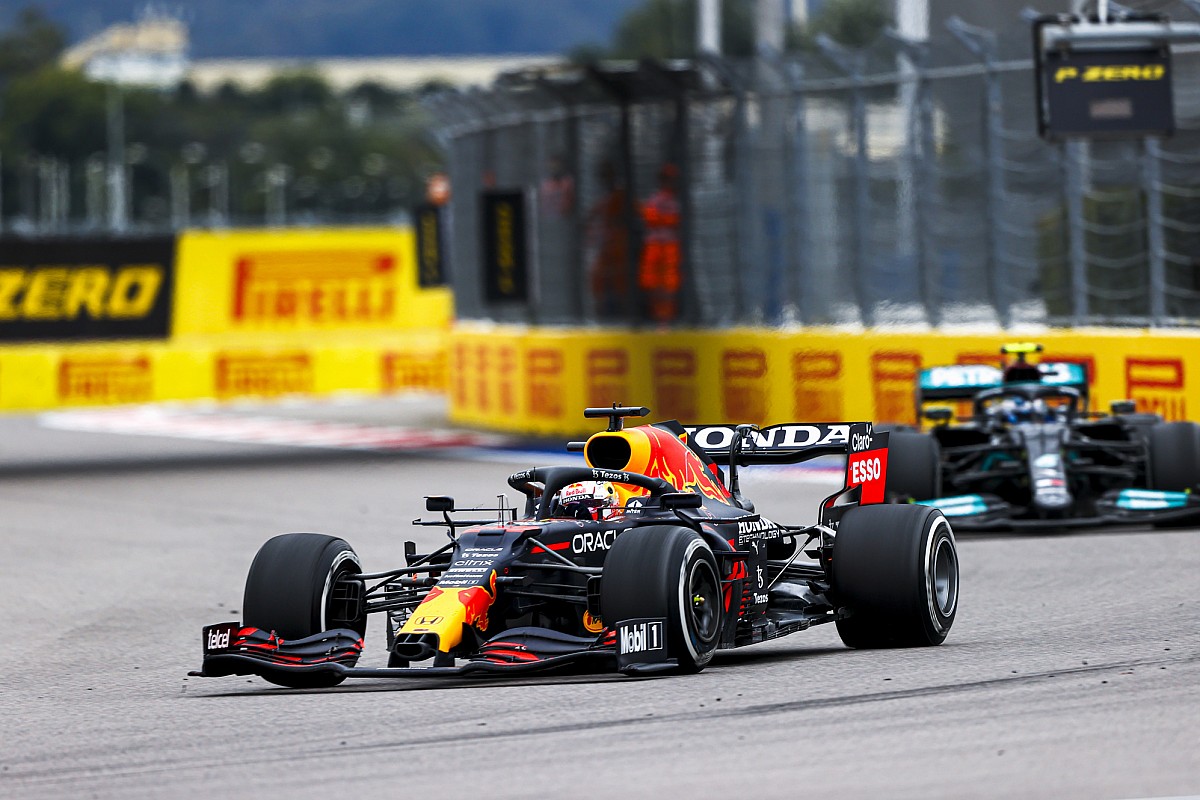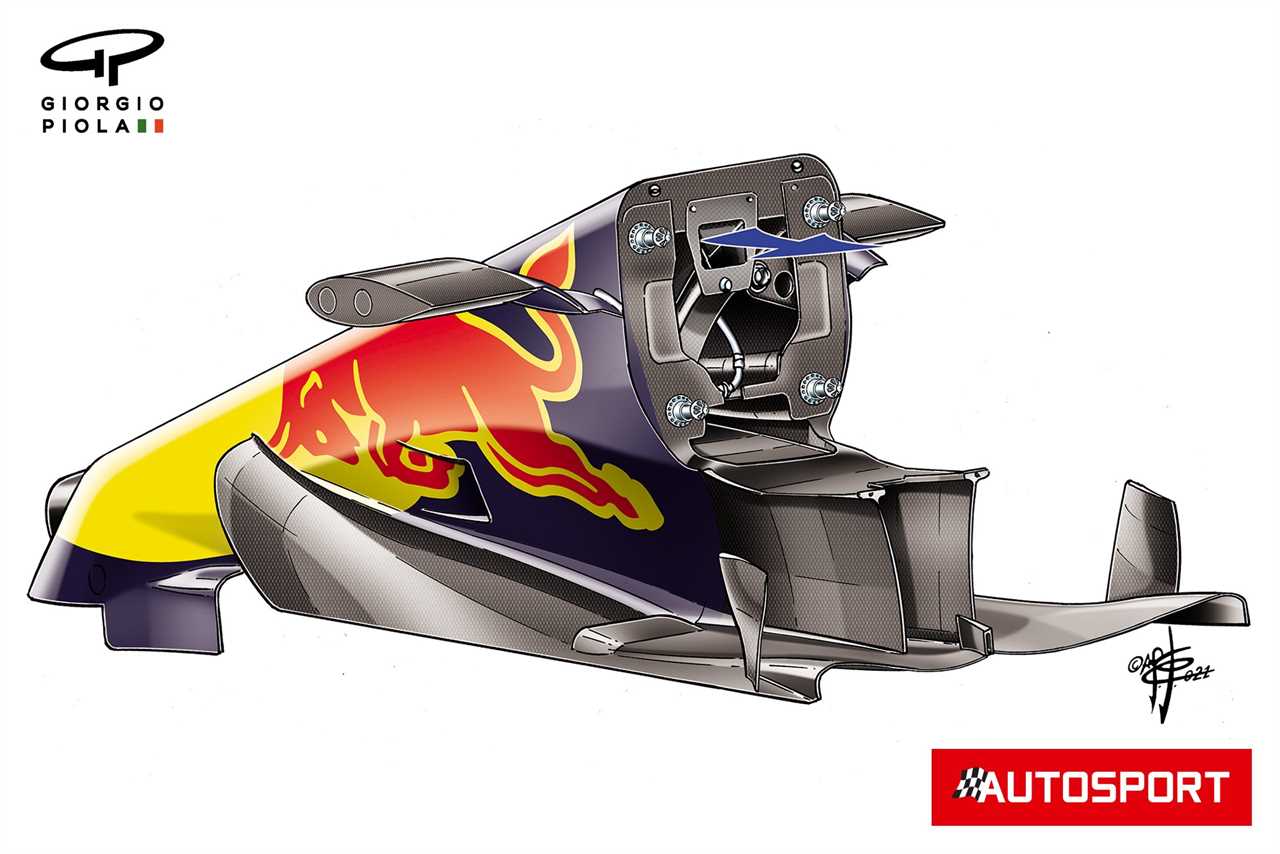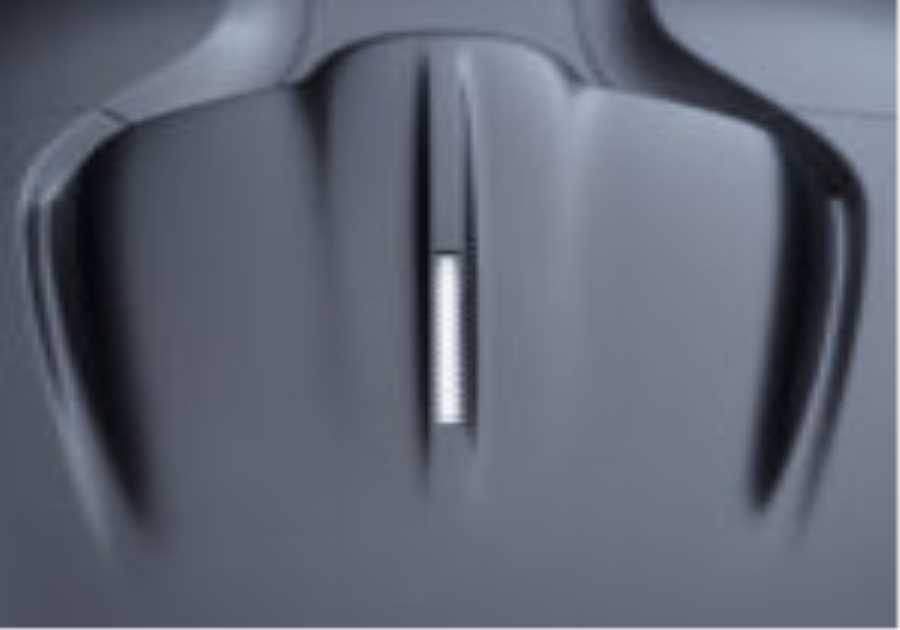
It became known as the “S” channel because of the shape of the channel housed within the 150mm space it was allowed to occupy in front of the centerline of the front wheel.
Although the design still bears the exact same name almost a decade later, the complexity has increased somewhat over the years.
The turning point came in 2016 when both Toro Rosso and Mercedes came up with solutions that allowed them to place the inlet much further forward, as was the case with Ferrari’s previous bow canal interpretation in 2008.
This was made possible by interpreting the single-section rules so that the inlet was not a real hole, but a shell-shaped opening.
A section was drawn through the assembly that still delivered the individual section required by the regulations.
Because of this, when looking at many solutions, there are dividing lines that help teams maintain that legality.
Only one team on the grid doesn’t have an “S” channel on their car right now – McLaren – and everyone else has spent the last few years refining theirs.
Mercedes W12 S-channel internals
Photo by: Giorgio Piola
At the top of the grid, Mercedes and Red Bull are similar in that they have nose assemblies with a “cape” attached to the main body of the nose.
However, the internal and external construction of their “S” duct solutions are still very different, as can be seen here in the latest illustrations by Giorgio Piola.
Both have inlets on either side of the nose in the front position to draw in air earlier.
This part of the nose usually takes air from a turbulent area around the front end identified by the team’s simulation work and transports it to an area where it does less damage – usually to the top of the chassis bulkhead.
But while Mercedes maintains separate right and left ducts to direct airflow to the outlet on the vanity top, which is then mounted on the chassis, Red Bull has merged it into a single duct that feeds its much narrower outlet.
There are a variety of reasons why a team might choose one design format over the other for the internal piping of the “S” duct.

S-channel internals of the Red Bull RB16B
Photo by: Giorgio Piola
Most obvious, however, is the construction of the inner structure of the nose, which must withstand the strict crash test requirements of the FIA.
While we’re talking about Red Bull’s nose, it’s also interesting to note the changes the team made to its assembly to improve the flow under the chassis.
While most teams, such as Mercedes, create a narrow boat stern under the nose towards the middle section of the cape, Red Bull has opted for a wider opening.
This opening is now in the section below the chassis where the team used to house its rotary blades and provides a controlled passage for the airflow trapped under the nose.
The post The F1-S channel separation between Mercedes and Red Bull first appeared on monter-une-startup.Did you miss our previous article...
https://formulaone.news/ferrari/giovinazzi-is-not-thinking-of-options-outside-of-formula-1-for-2022






